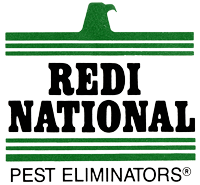What Are Environmentally Friendly Ways to Manage Moles?
Moles, with their characteristic tunneling behavior and penchant for disrupting lawns and gardens, can present a challenge for homeowners seeking to maintain a pristine outdoor environment. While their presence can be frustrating, it’s essential to approach mole management with an understanding of their ecological role. Moles are crucial for soil aeration and pest control, as…
